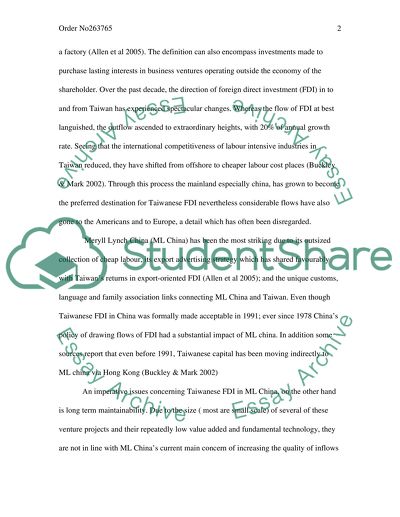Cite this document
(“China and Foreign Direct Investment Essay Example | Topics and Well Written Essays - 2500 words”, n.d.)
Retrieved from https://studentshare.org/politics/1505309-china-and-foreign-direct-investment
Retrieved from https://studentshare.org/politics/1505309-china-and-foreign-direct-investment
(China and Foreign Direct Investment Essay Example | Topics and Well Written Essays - 2500 Words)
https://studentshare.org/politics/1505309-china-and-foreign-direct-investment.
https://studentshare.org/politics/1505309-china-and-foreign-direct-investment.
“China and Foreign Direct Investment Essay Example | Topics and Well Written Essays - 2500 Words”, n.d. https://studentshare.org/politics/1505309-china-and-foreign-direct-investment.


